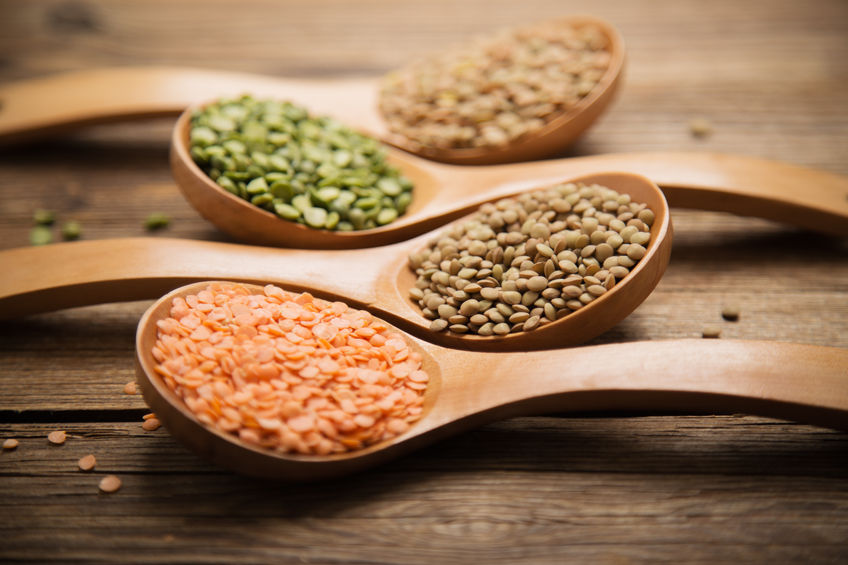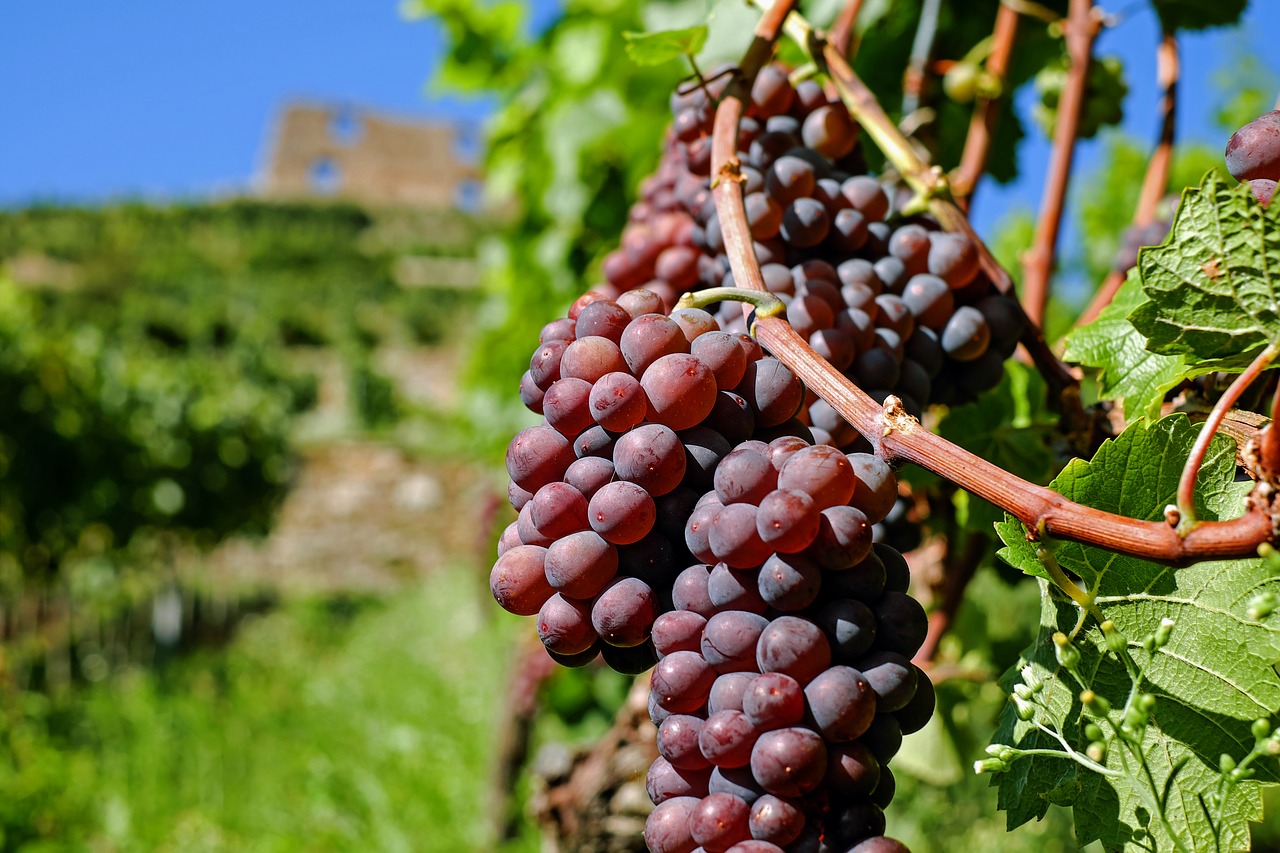Eating legumes could lower your risk of diabetes according to research published in the journal Clinical Nutrition.
Along with being rich in B vitamins, minerals and fibre, latest research from Spain looked at the effects of different non-soy legumes and the risk of Type 2 diabetes in individuals who were more at high cardiovascular risk.
High intake of legumes is 28.75g a day, equivalent to 3.35 servings per week. Eating a low intake of legumes was considered to be 12.73g a day, and this is approximately the equivalent to 1.5 servings per week of eating 60g of raw legumes.
Assessments were also carried out into the effects that replacing protein and other carbohydrate-rich foods with legumes had on disease development. 3,349 participants were analysed from the Predimed study and all were at high risk of cardiovascular disease but not Type 2 Diabetes.
After the 4 year period, the results were compared between individuals who ate a high and low amount of legumes and those who had a high consumption were found to have a 35% lower risk of developing Type-2 diabetes.
People who ate lentils were also associated with lowered risk of the condition compared with those consuming higher amounts (nearly 1 serving per week) who benefited from a 33% lower risk compared with individuals eating the lower amount of less than half a serving per week.
Replacing half a serving a day of foods rich in carbohydrates or proteins, including bread, eggs, rice or baked potato with half a serving per day of legumes was also associated with lowered risk of Diabetes Type 2.
Eating legumes was highlighted by researchers as being of primary importance for preventing chronic diseases like diabetes, although they added that further research may be necessary to confirm these findings.
Choosing to eat more legumes is a great way to get more fiber, iron and protein into your diet to stay healthy and prevent diseases. Yet many of us aren’t eating enough legumes and one of the major reasons why is that they can be difficult to cook and sometimes inconvenient to prepare, especially if we have a busy lifestyle.
Thankfully, there is a solution: Really Healthy Pasta. Made from legumes – beans and lentils, this is a tasty way to have your pasta and eat it – without any of the unwanted and unhealthy side effects!
Recommended Examples
 Really Healthy Pasta™ – Made from a variety of legumes, including Black Bean, Buckwheat and Golden Flaxseed, Chickpea, Mung Bean and Red Lentil…Really Healthy Pasta™ available from Good Health Naturally is gluten-free, non-GMO and the perfect organic choice.
Really Healthy Pasta™ – Made from a variety of legumes, including Black Bean, Buckwheat and Golden Flaxseed, Chickpea, Mung Bean and Red Lentil…Really Healthy Pasta™ available from Good Health Naturally is gluten-free, non-GMO and the perfect organic choice.
Ideal for anyone looking for a healthy meal replacement, this pasta comes in fusilli or penne shapes and can be enjoyed any time – for lunch, dinner or as a healthy snack.
Eating More Legumes Can Lower Your Risk of Diabetes | www.naturallyhealthynews.com





